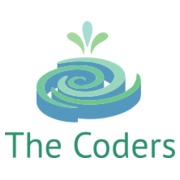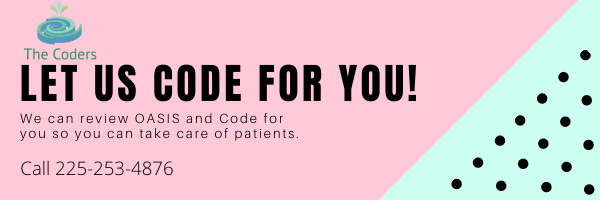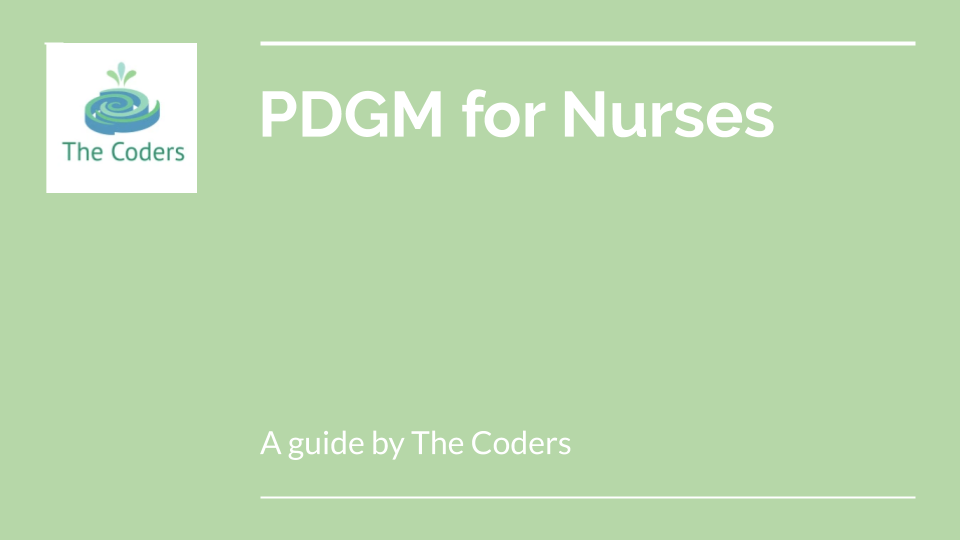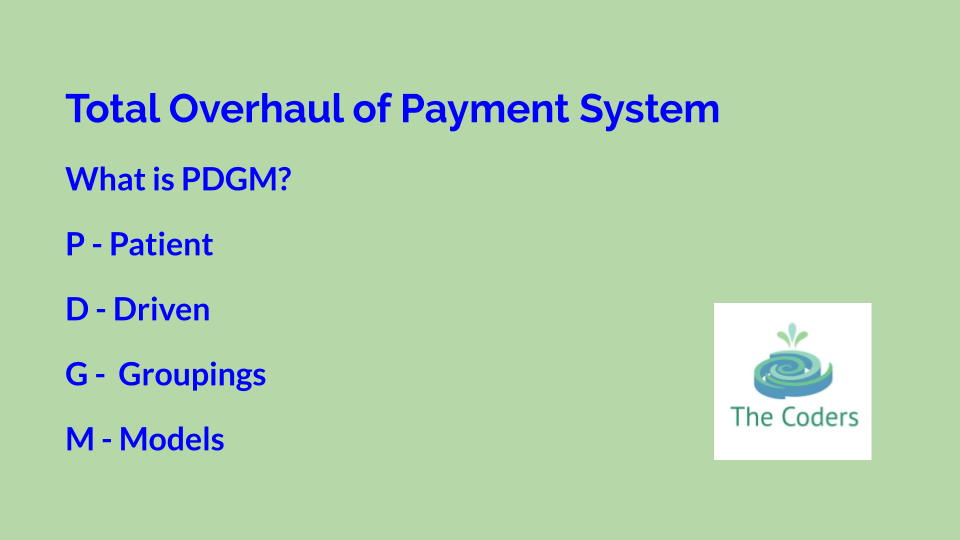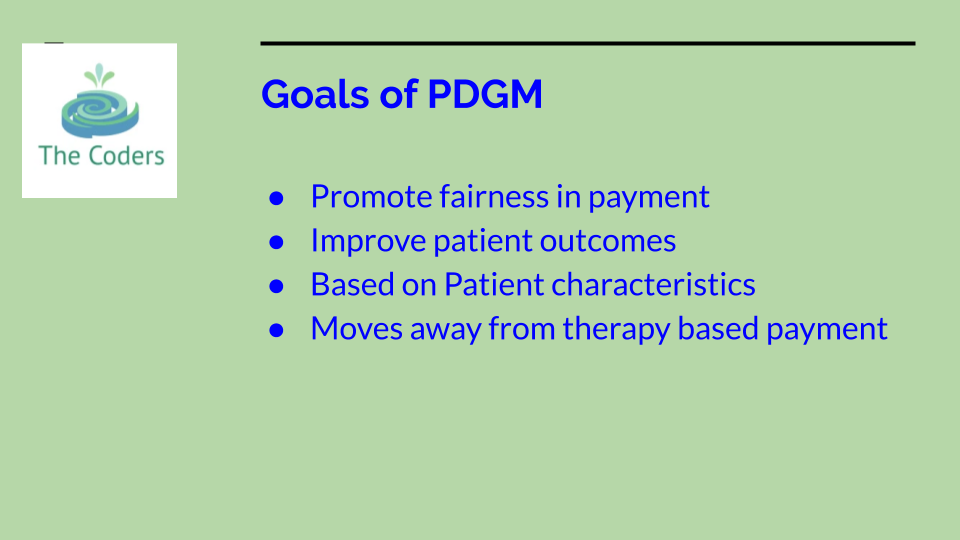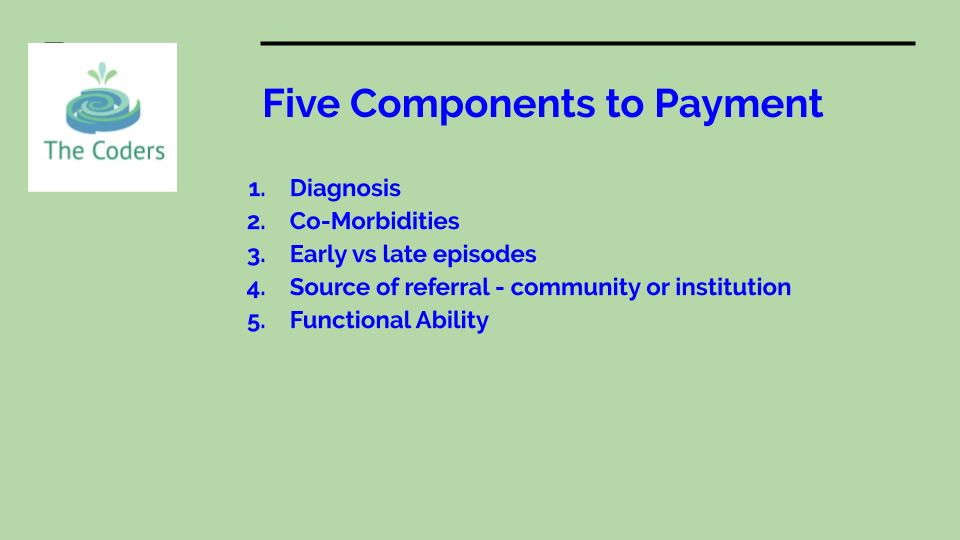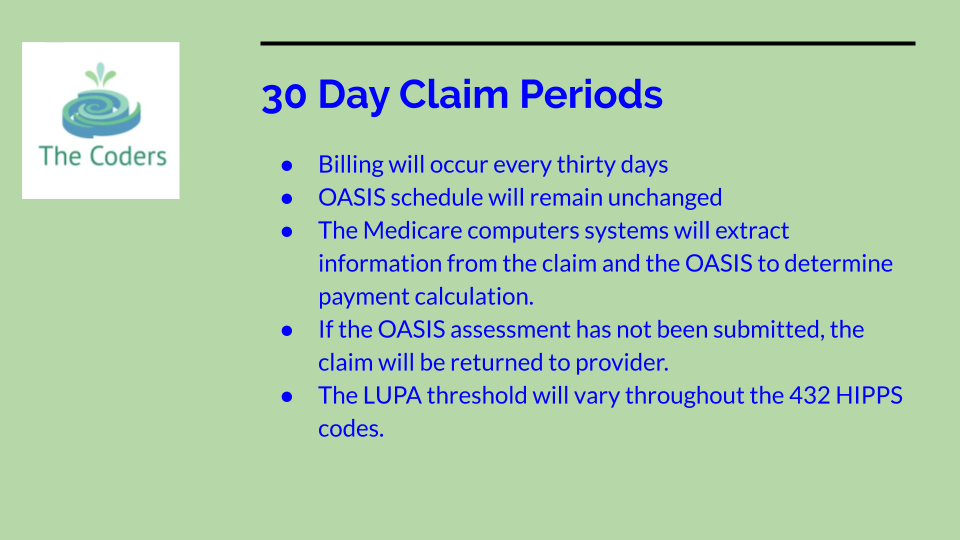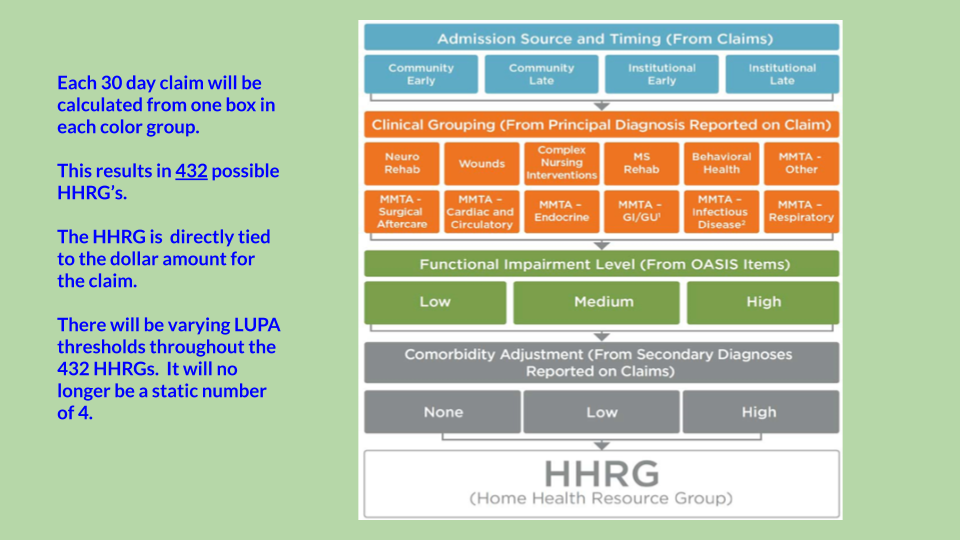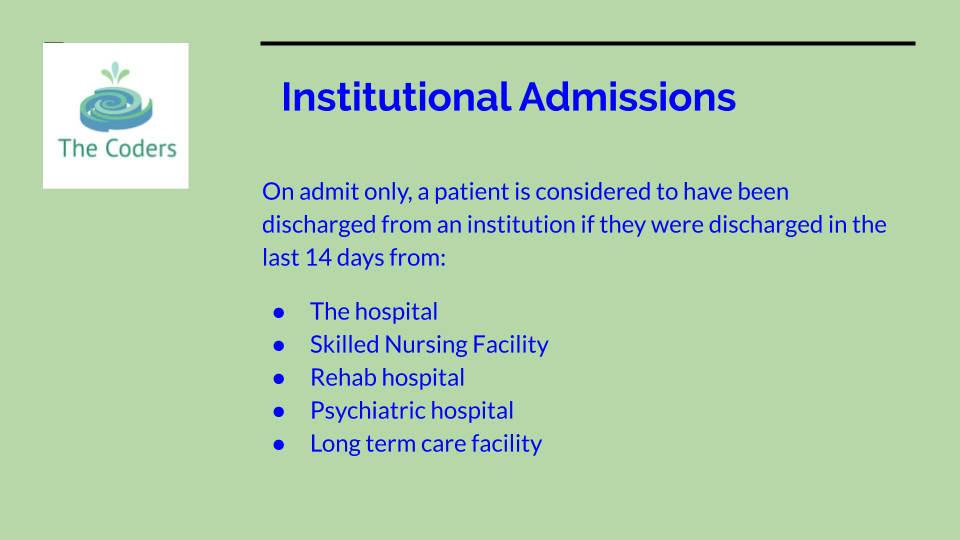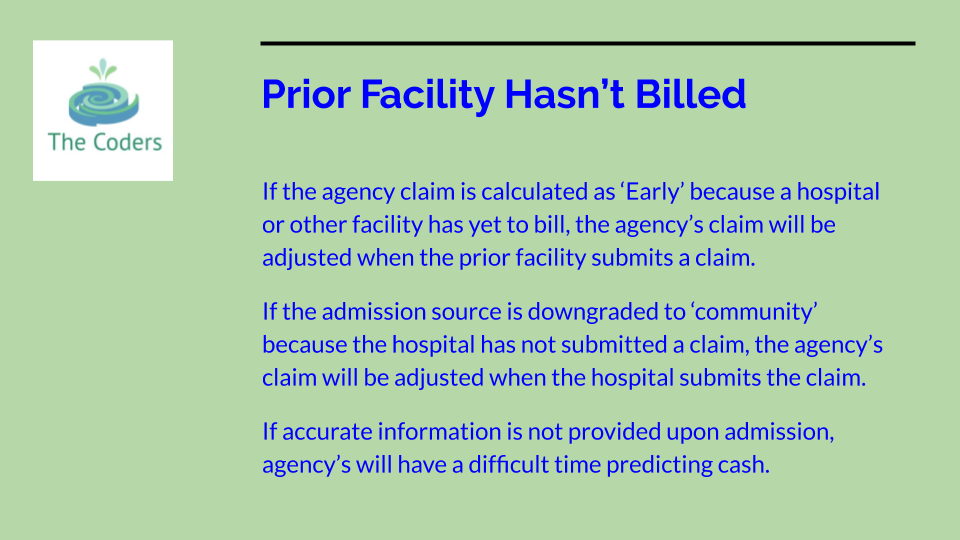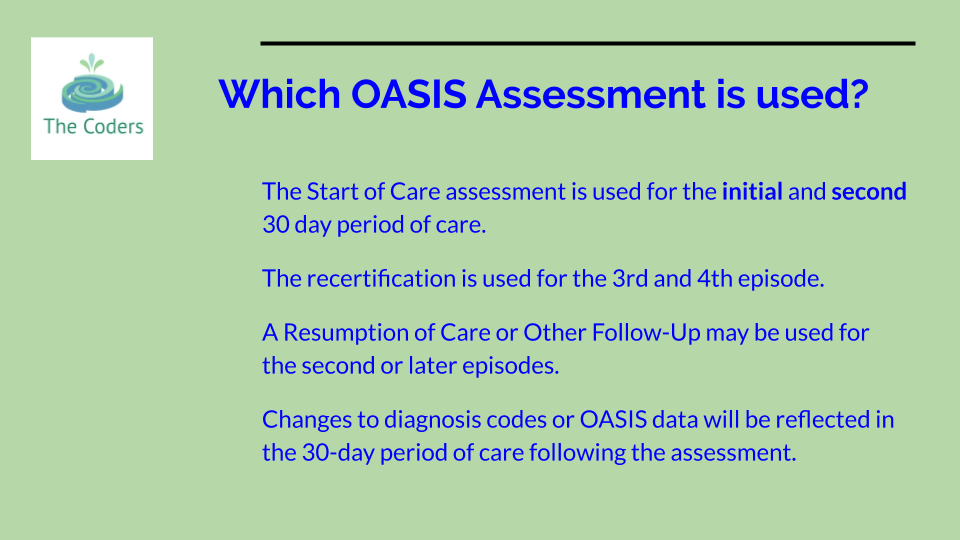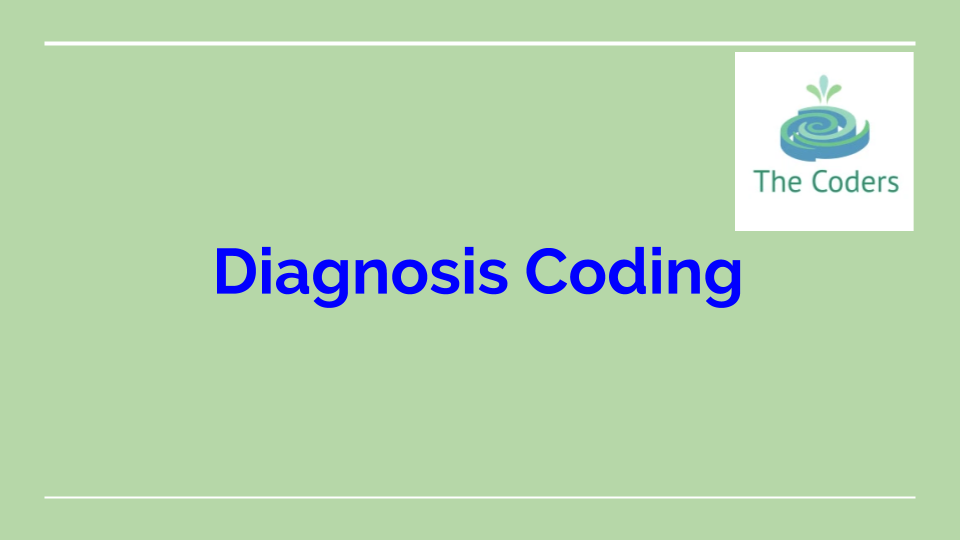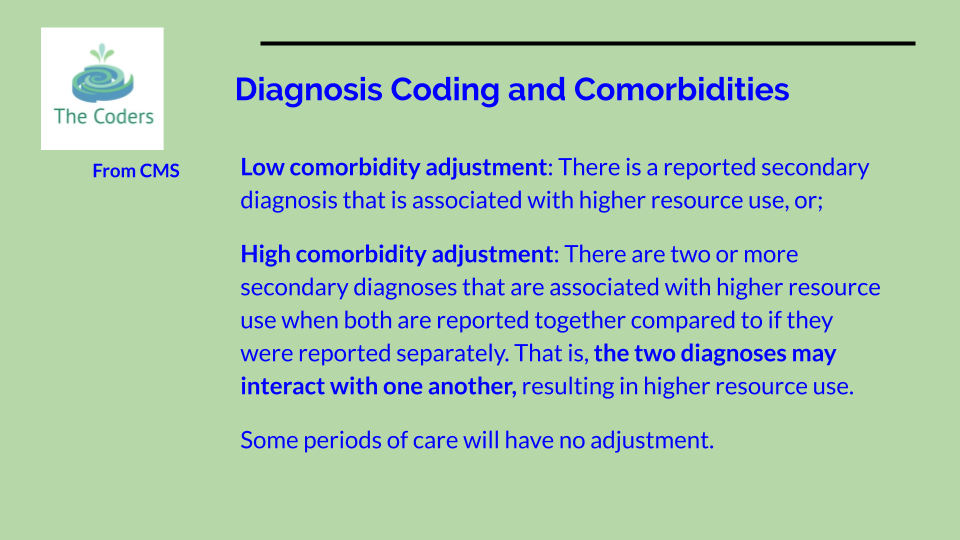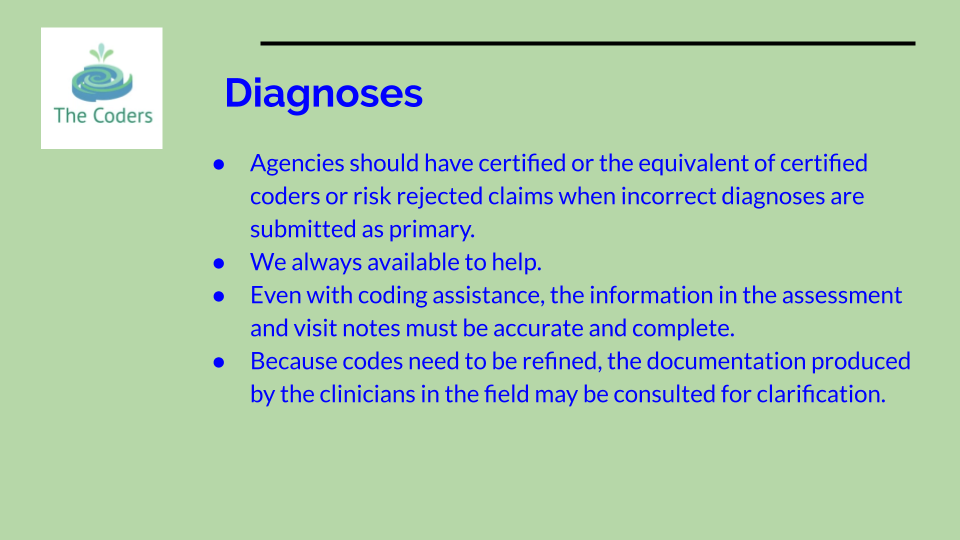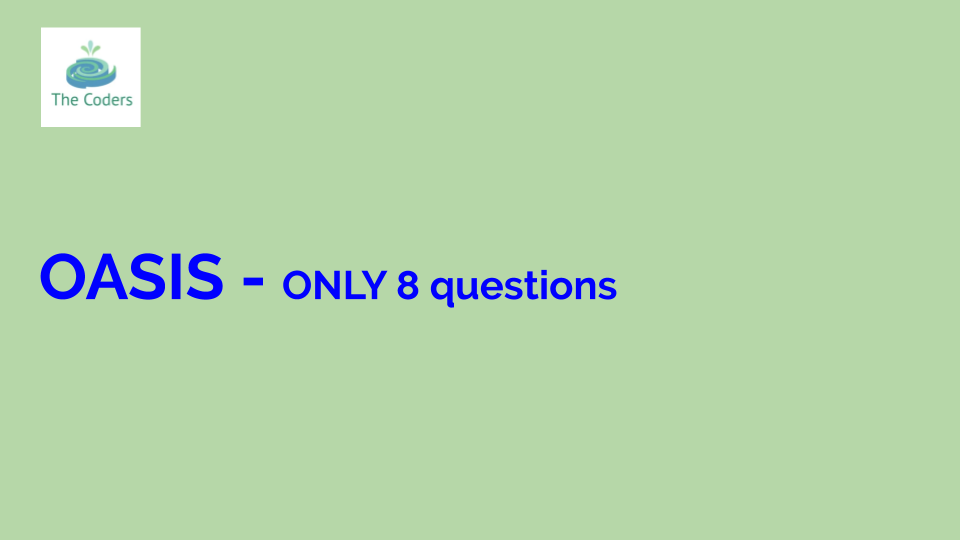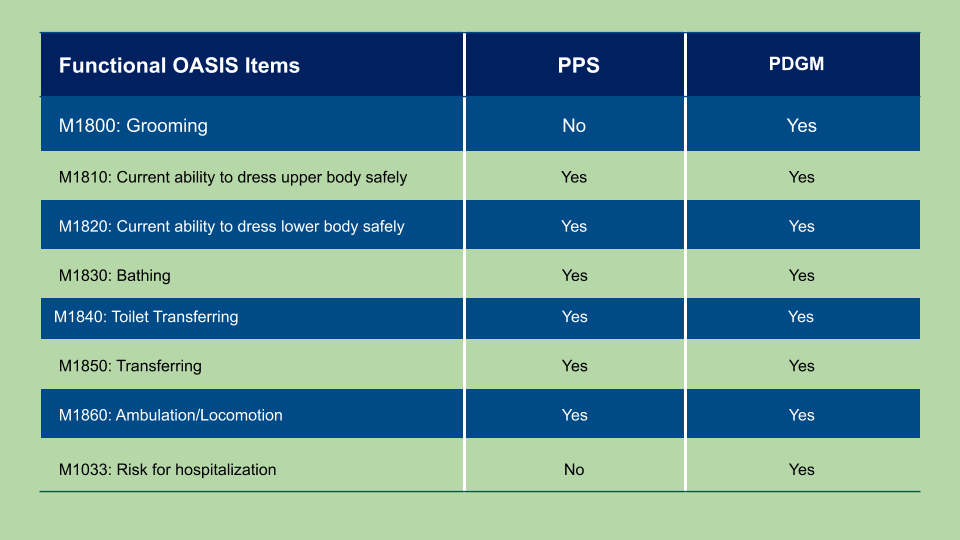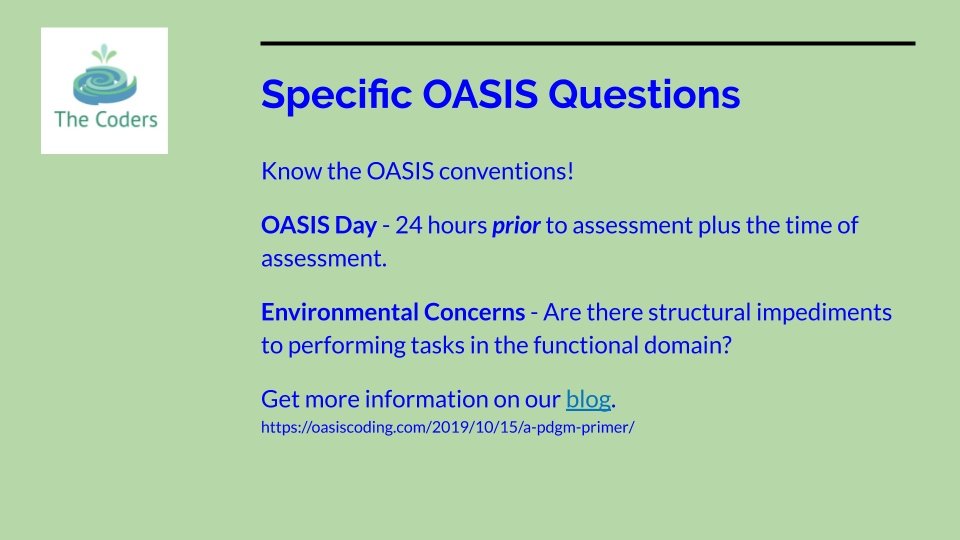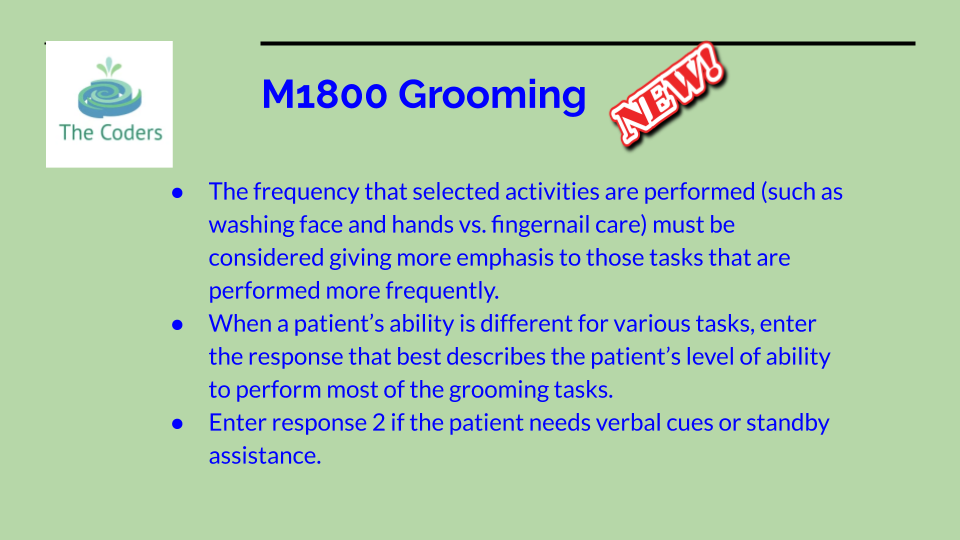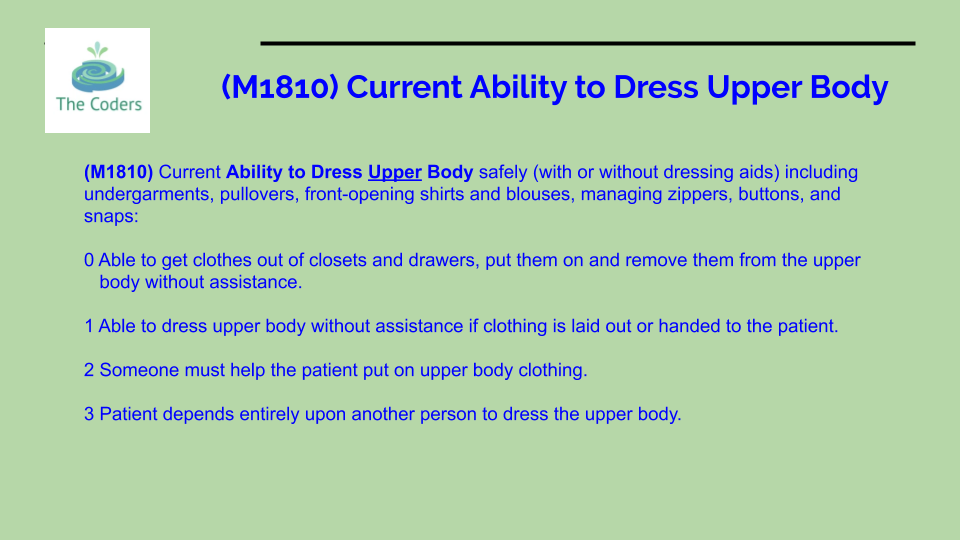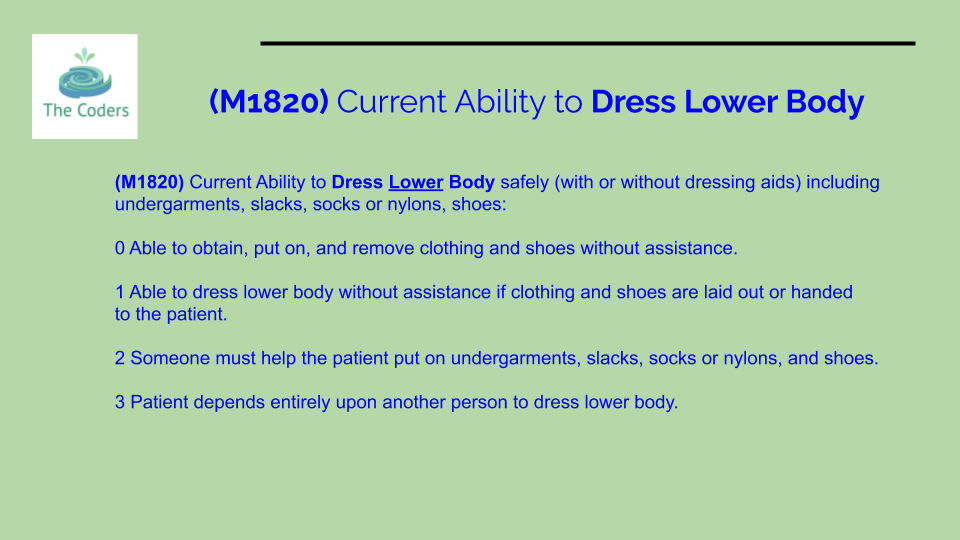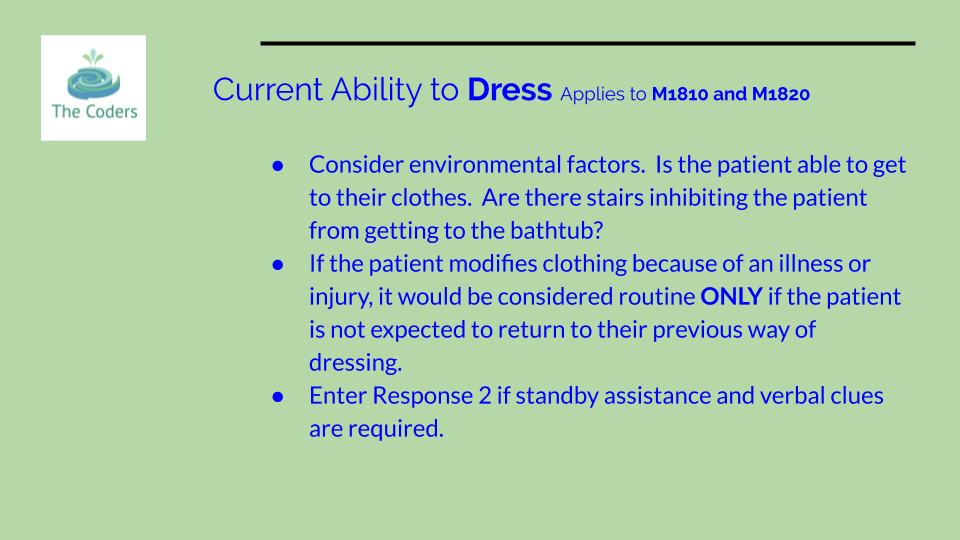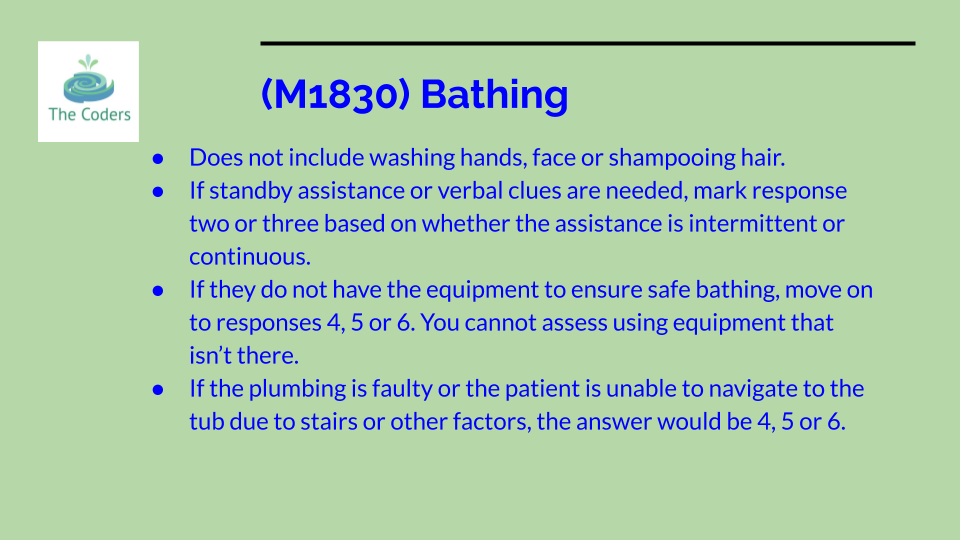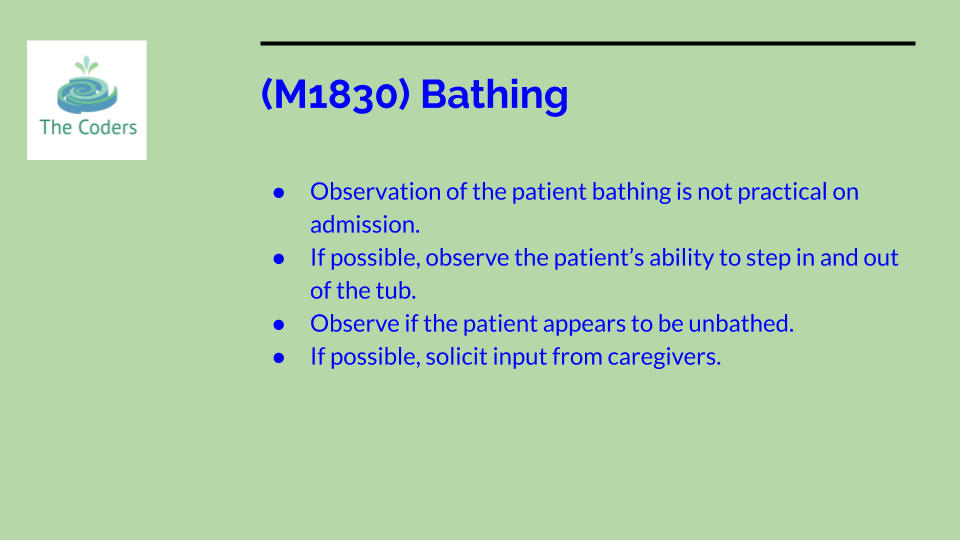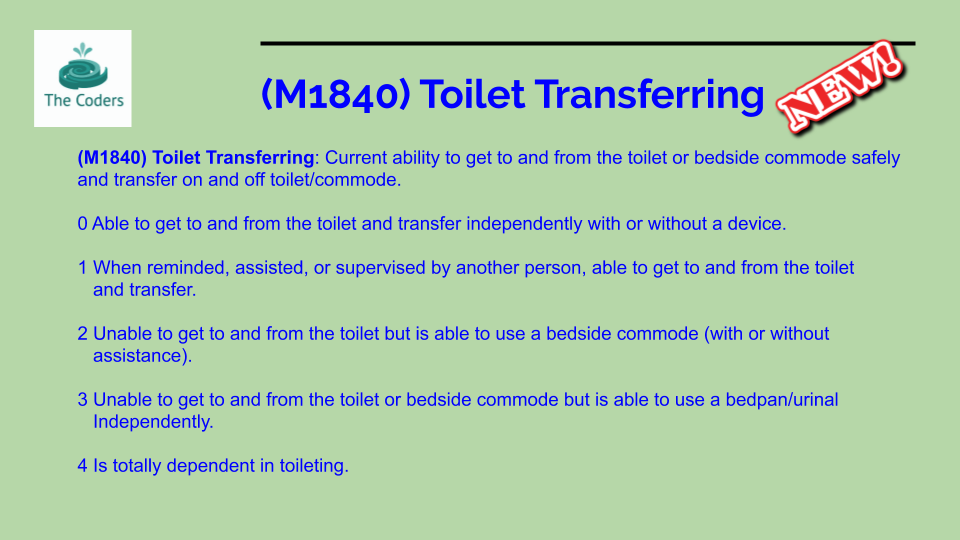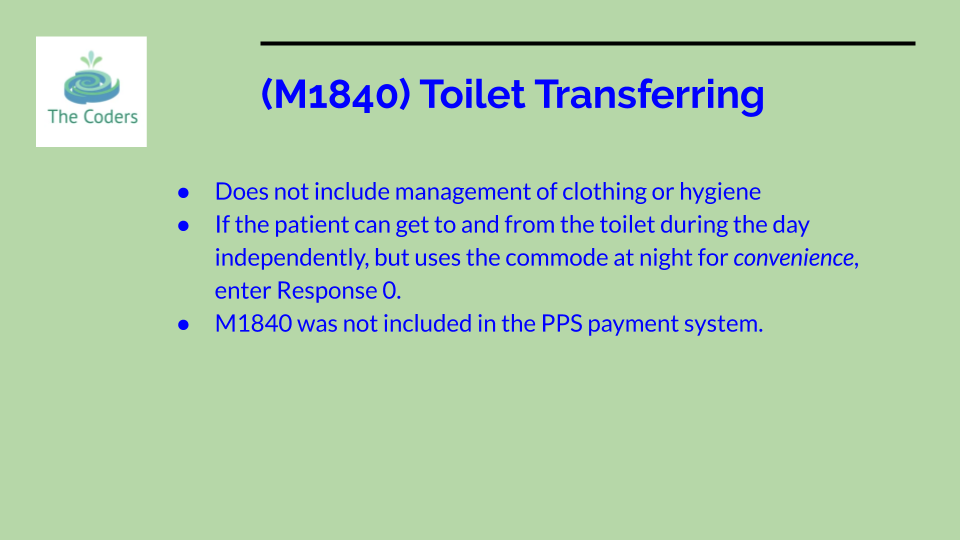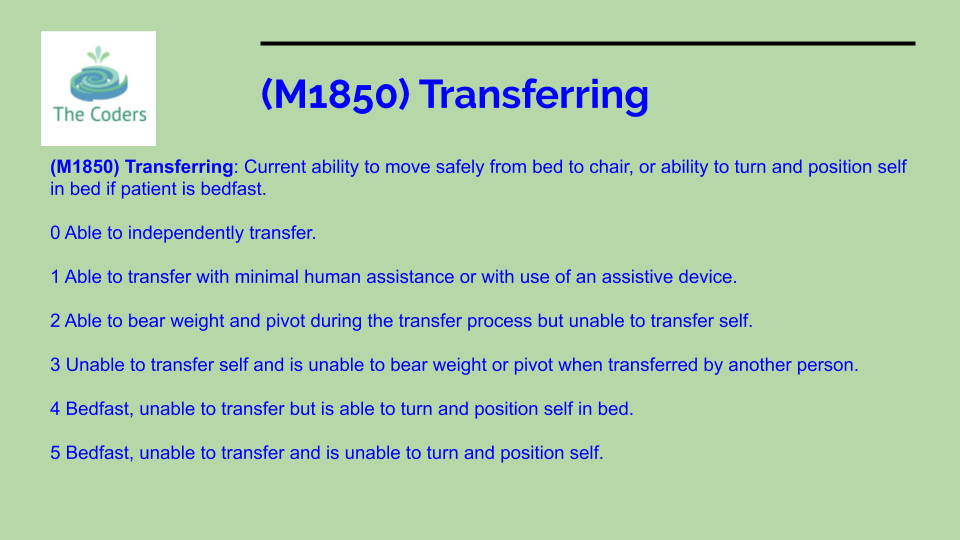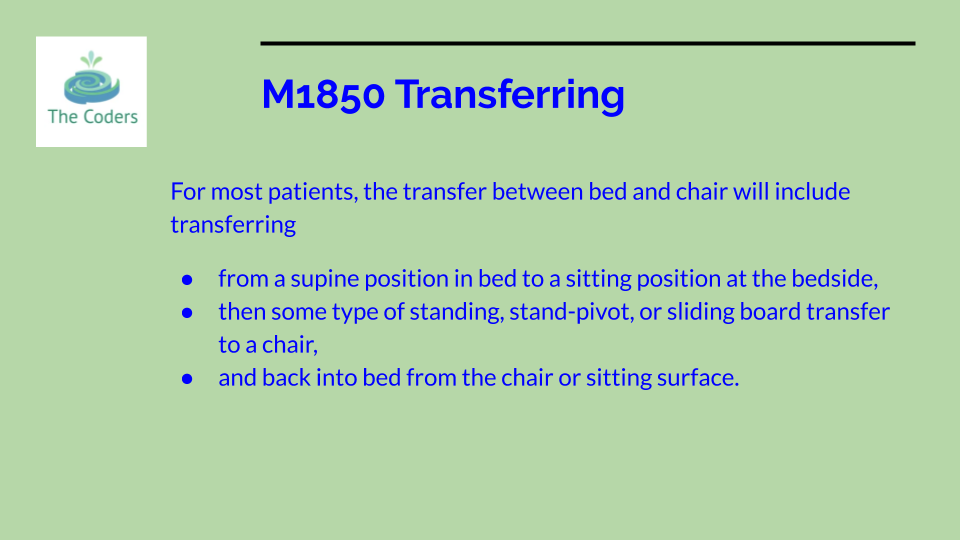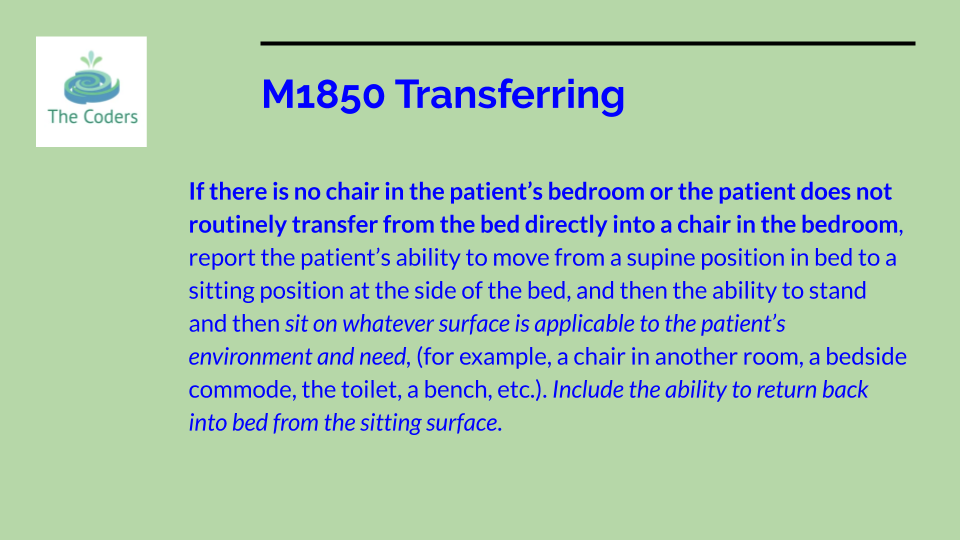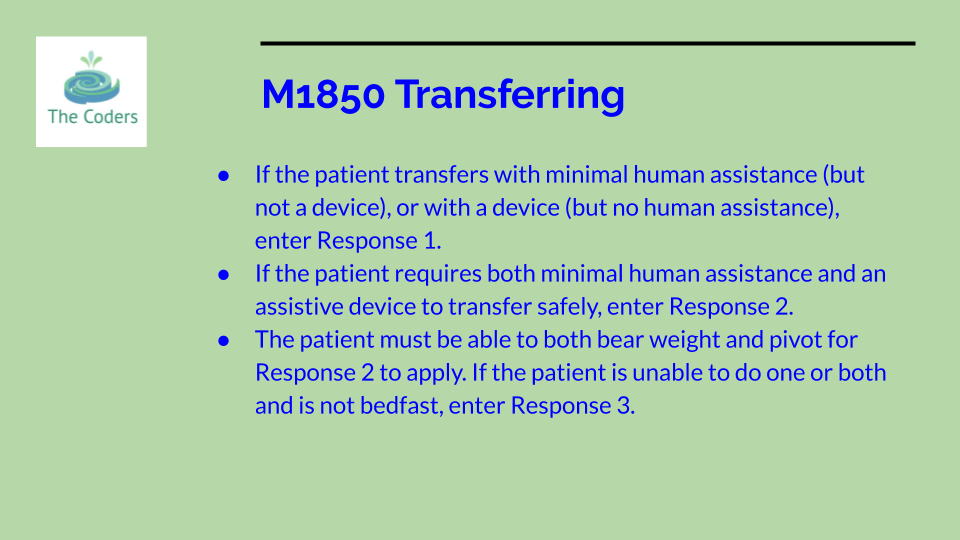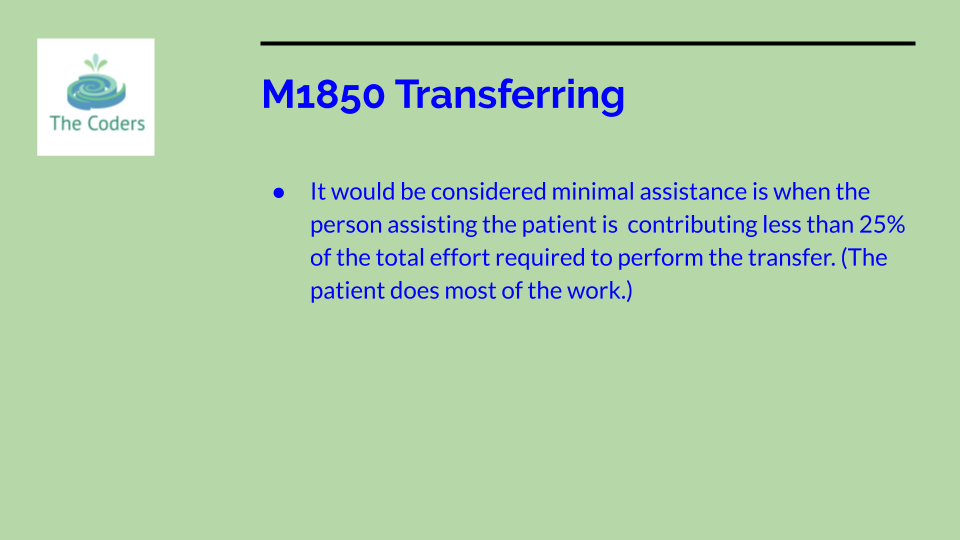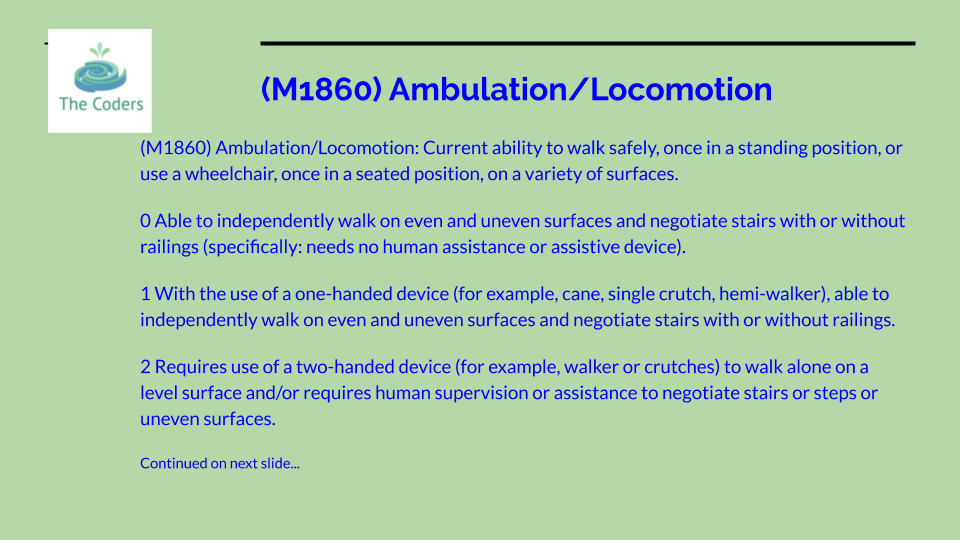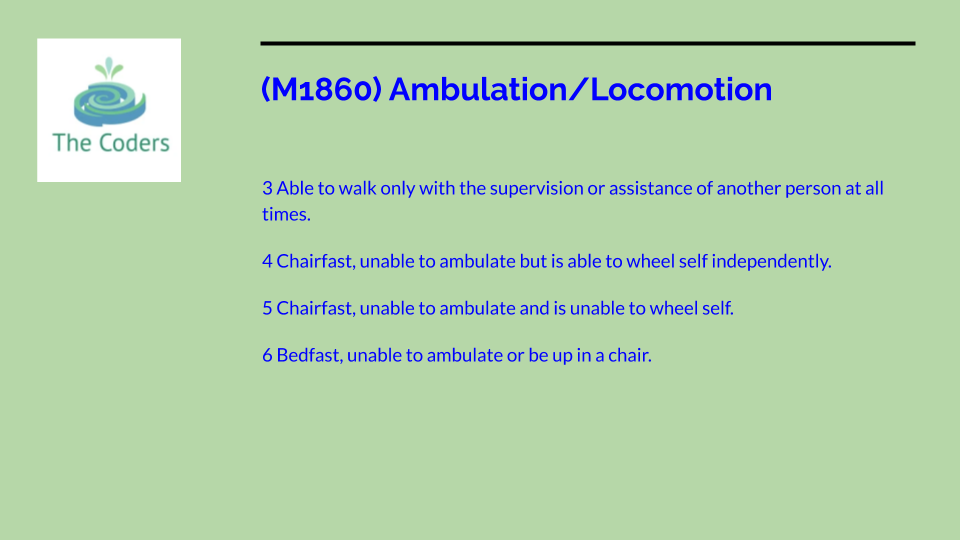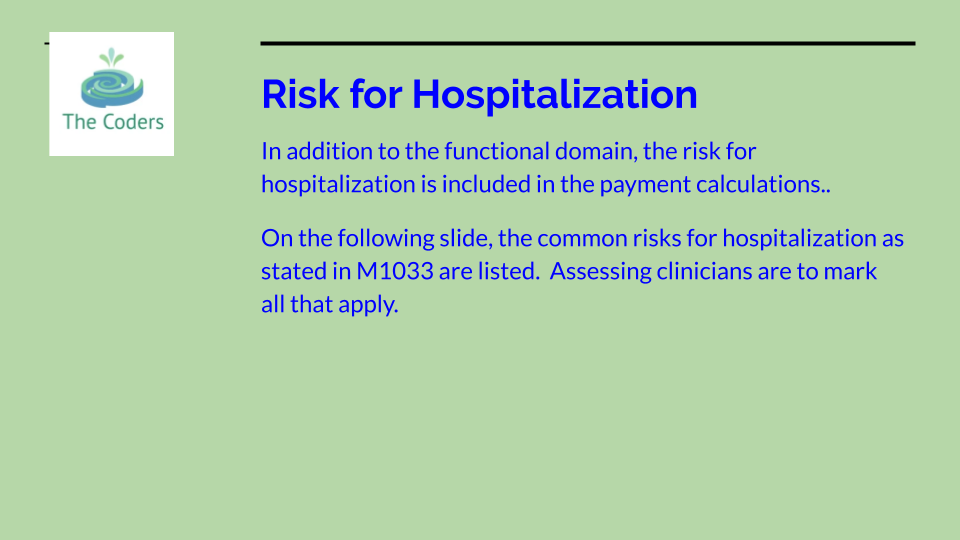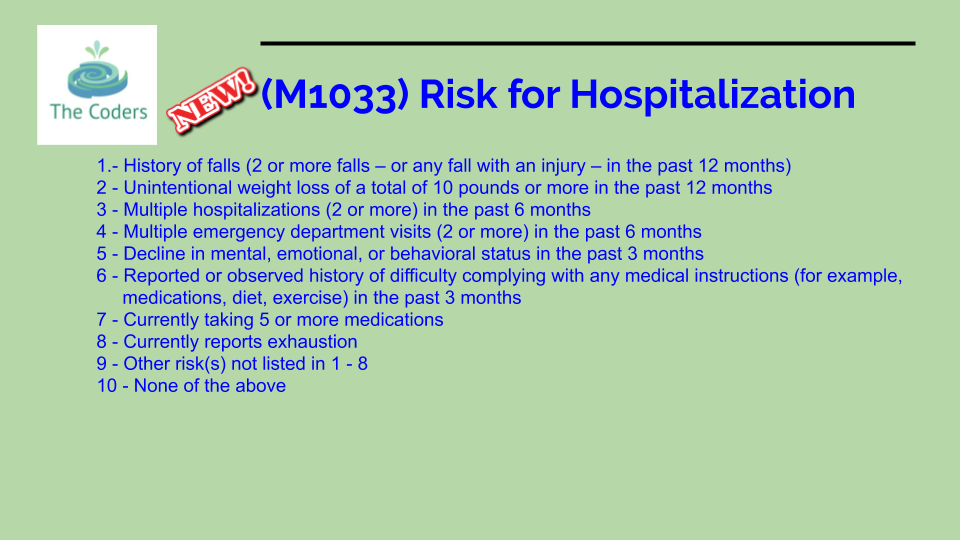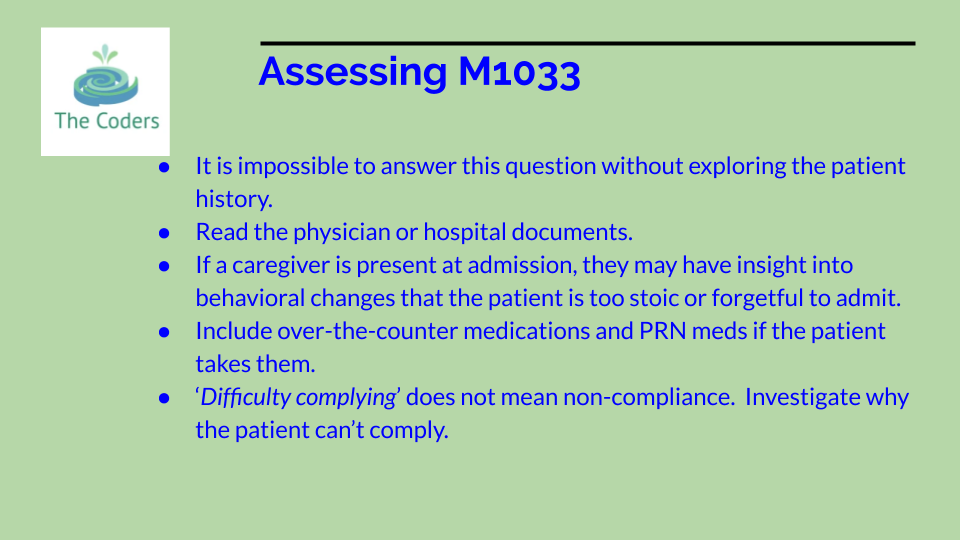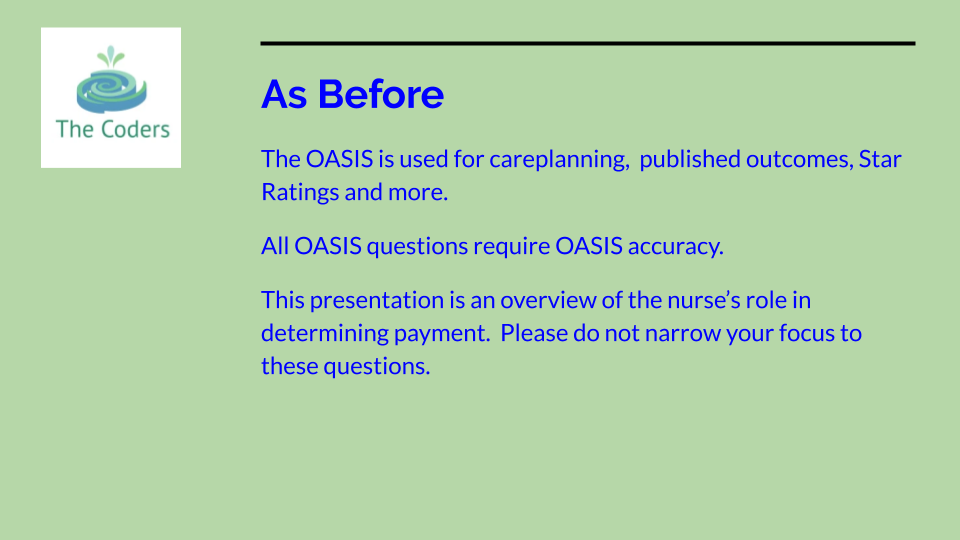It’s tempting to dive into the politics here but nobody ever recovered from anything as a result of winning a political argument. Our immediate needs are to take care of and educate patients, ourselves, our coworkers and sometimes bosses especially if they are not clinical.
The Short List
1. You must protect yourself if you want to protect your patients and those you go home to after work. Nurses in hospitals report seeing people without proper equipment or using. PPE inappropriately headed towards patient rooms Visiting caregivers in home health and hospice have nobody watching them. Have employees demonstrate how to put on PPE so you can be confident they are well protected.
2. Covid19 may not be a one time deal like measles or chicken pox. Those (former) childhood diseases resulted in immunity due to the antibodies formed in response to being ill. Covid19 also spurs the formation is antibodies but they may not protect patients from future infection. This point is important to share with your patients who are recovering or know people promoting this idea. Deliberately catching Covid19 is about as dumb as a bunch of fence posts.
3. Our patients mostly stay at home but their family members may have to work. If this is the case with any of your patients, include the family in your teaching. The working person may choose to stay in their room and, when possible, stake a bathroom that is not shared with other family members. Emphasize to your patient that they are being protected and not ignored.
If your patient has medical appointments scheduled call their practitioner and ask if the appointment can be delayed or if there is something you can do to make it unnecessary for now. Lab and assessment results and medications administered in the a clinic are all within your skill set.
4. If a person is diagnosed with Covid19, there’s a very good chance they were contagious before the onset on symptoms. Likewise, there is a strong possibility that many people infected with Covid19 never have symptoms but have the capability to spread the virus. How fun is that? A stealth attack by a virus residing in an unknown host. Again, this supports the advice to stay at home. Teach patients that they could become infected by having visitors that look perfectly healthy. Set up FaceTime, Zoom, or similar software when smartphones or other technology is available.
Tell your patients on each and every visit to avoid the ER if possible. Give them specific criteria for an ER visit and make sure that the agency and physician numbers are in plain view. If your patient lives alone, make sure they have a panic alert button to summon Emergency Services. Be willing to head to a patient’s house with a syringe full of lasix or call a mobile X-ray company. Not only is the hospital a dangerous place but an ER visit will require use of hospital resources that are in short supply.
5. If you are a hospice nurse, be extremely cautious in. nursing homes. The true number of patients affected by Covid19 in nursing homes may be underreported. In Louisiana, the names of nursing homes that have clusters are no longer being reported.
To be brutally frank, death from Covid19 is worse than death from most other illnesses. The pain management for non-pulmonary patients may not be appropriate for Covid19 patients. It is not okay if a terminal patient contracts the virus. Do not be a vector!
6. There is no known cure or treatment for Covid19. However, we do not prescribe medication. If a patient is prescribed meds that have been re-purposed for Covid19, our job is to teach how to correct administration of meds and possible side effects. Answer questions as directly as possible without coloring them with opinions. If you share a negative opinion of Azithromycin and Plaquenil with patients, their trust in their physician may be damaged and that could cause more harm than the meds.
Covid19 will be an ongoing challenge at least until the end of the year and possibly longer. I expect we will all learn a lot by then.
Meanwhile, we would love to know what you are doing to prevent illness in your patients and staff. Are you able to get appropriate PPE? Are you providing masks for patients? What kind of questions are your patients asking? As an agency, has there been formal education?
We get our best stuff from you so bring it on! You can comment in the comments section or email us directly.
